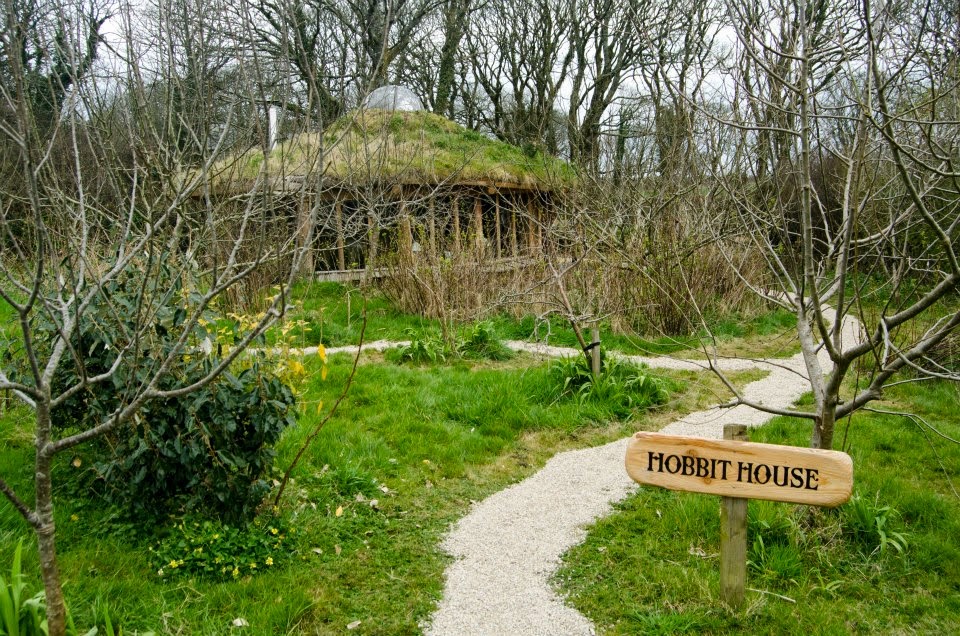Part of the longer term vision for Fox Wood is to produce charcoal from any of the wood that doesn't have a primary use, so a couple of weeks ago I took the plunge and did my first charcoal burn. I did it under the tutorship of Greg Humphries, a friend who is also a woodsman and runs courses in Cornwall.
First of all Greg cut up a load of willow branches that he had collected. The wood can be any type, but must be properly seasoned and of approximately equal thickness.
Now is the exciting part. For the best part of three hours the kilns will be burning and a huge amount of smoke is produced (you must inform the local fire service in advance or face the embarrassment—and cost—of having them turn up to extinguish your kilns). During the burn the wood is turned to pure carbon and to do this you must make sure it burns in an even manner throughout the kiln. Too hot and with too much oxygen and it will turn to ash, too cold or without enough oxygen and you will end up with scorched wood. It's a constant process of monitoring and adjusting air vents and the only way to learn it is by doing it with someone who is already good at it. The fire must burn evenly throughout the kiln so it is a case of paying attention to the colour of the metal and noting where it is hot or cool. Water can be splashed on the kiln if it is too hot in one area, and vents can be opened up a little if it is too cool. An uneven burn is what we are trying to avoid.
With larger kilns the burn will take all night (or day) but oil drums are smaller and therefore take less time. Traditionally, charcoal burners have lived in the woods for this very purpose, and sat on one-legged stools so that they would fall over if they fell asleep. Of course, if you don't have a full-sized kiln but still want to produce a decent amount of charcoal you could have lots of oil drums in a circle and achieve the same volume in a lot less time.
During the burn the lids are placed on the kilns and grass sod is placed around the edges to keep it on tight and to form top vents. It is a very smoky few hours!
Then we simply go away and come back the next day. In our case it was two days later, and when the kiln was opened you could immediately see that 2/3 of the volume of wood had disappeared (gone up in smoke). If you open it up too soon the rush of oxygen will cause the whole thing to ignite and you'll have a large and unexpected barbecue on your hands.
In this case the burn had gone well, with not too much ash and not too many scorched bits of brown wood. The next stage was to break the larger chunks up by hand and then put the charcoal through a metal sieve to get rid of the pieces that are too small. These bits that are left over can be pulverised into biochar, or they can be spread on paths to deter slugs and snails.
All that remains is to put it in bags and sell it! These ones are for sale at a local farm shop near Penzance, but there is plenty of scope for selling them to holidaymakers at campsites. They go for £7 a bag, and when you consider that a single oil drum produces about four bags per burn you can see that it makes sense to produce larger volumes of charcoal rather than smaller. A large kiln would probably produce 50-60 bags per burn.














Looks like a good start!
ReplyDeleteYes, I'm looking forward to doing it myself without any help!
DeleteYou're an inspiration Hepp.
ReplyDeleteAt first I thought that was your hobbit house, and I was proud of you. Where's your hobbit house dude?
At any rate, it's always refreshing to see others doing things that matter.
The hobbit hole is a long term project. I'll probably start it in a couple of years as I already have a house to live in!
DeleteSaying that, I am building a wood shed at the moment. Pictures will follow shortly so stay tuned!
Interesting post, which set me off on a another google journey, finding some interesting links and ideas for updating the traditional charcoal methods with air tight retorts, rocket stoves, recycling the still flamable wood gasses to make the whole process much more efficient. I now have another project and round of experiments to add to my homestead energy descent plans. We leave the matrix and move to the farm in July, at which time I will become extremely busy.
ReplyDelete